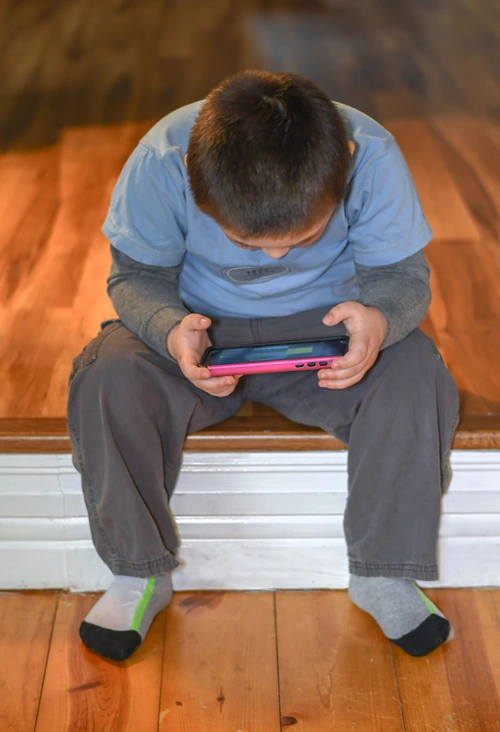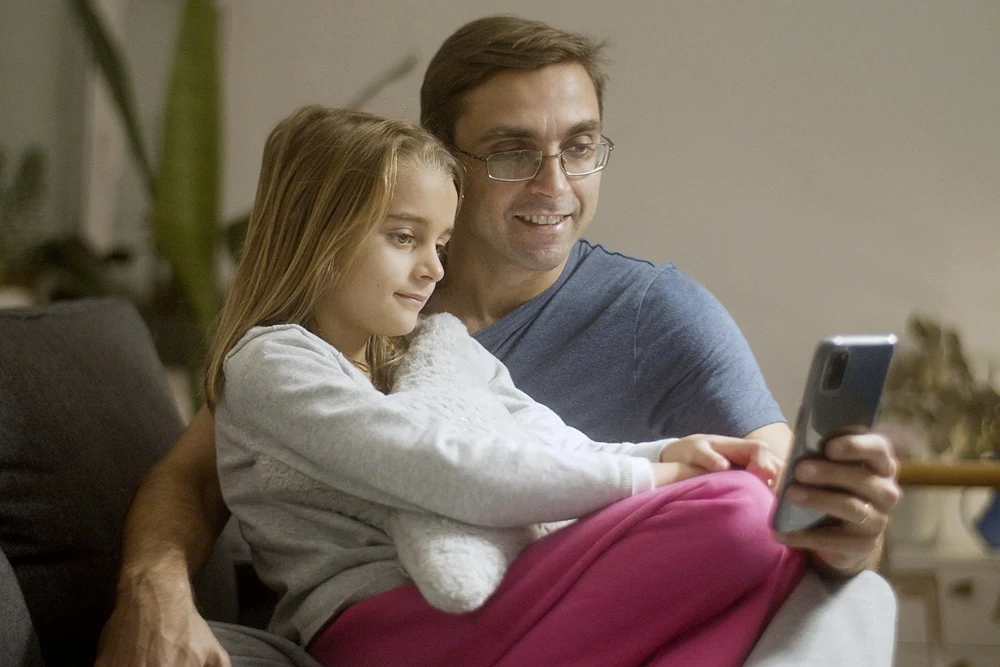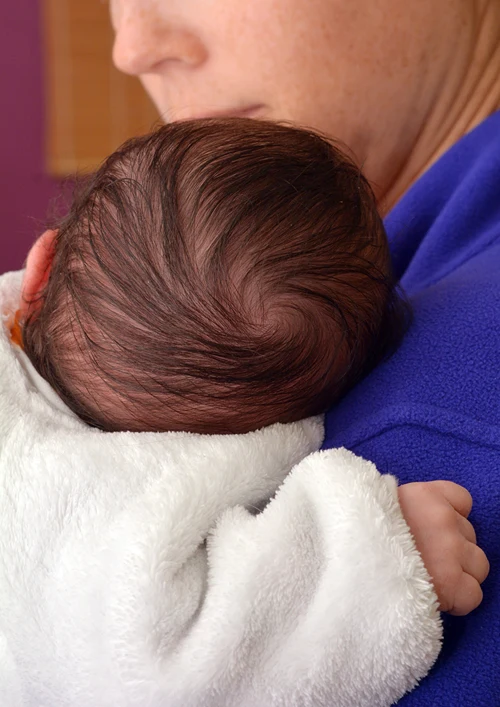Have you ever wondered how screen time can help your child learn and grow? Screens are everywhere—tablets, computers, TVs, and even smartphones. While it’s easy to worry about how much time kids spend in front of screens, the good news is that when used thoughtfully, screen time can be a powerful tool for learning and development.
Let’s explore how to find the right balance so that screen time becomes a positive part of your child’s day.
The Benefits of Screen Time for Learning
Screens are more than just a source of entertainment. They can open up opportunities for kids to learn, explore, and develop new skills when used intentionally.
Here’s how:
Interactive Learning Experiences
Many apps, games, and online platforms are designed to make learning fun and engaging. From math puzzles to science experiments, these tools can help kids grasp complex concepts in a way that feels like play.
Access to a World of Knowledge
The internet is like a giant library at your fingertips. With the right guidance, kids can use screens to explore topics they’re passionate about, whether it’s space, animals, or art. Online resources like videos, tutorials, and virtual field trips can bring learning to life in ways that textbooks alone cannot.
Building Digital Literacy
These days, knowing how to use technology is an essential skill. By spending time on screens, kids can learn how to navigate digital tools, solve problems, and even code. These skills will be invaluable as they grow up in an increasingly tech-driven world.
Platforms like kubernetes cluster are also great examples of how technology can be used to manage complex systems, giving kids a glimpse into the world of advanced computing. These experiences not only build technical skills but also foster critical thinking and problem-solving abilities.
How to Create a Balanced Screen Time Routine
Finding the right balance is key to making screen time a positive experience.
Here are some tips to help you create a routine that works for your family:
Set Clear Goals for Screen Time
Before handing over the tablet or turning on the TV, think about what you want your child to gain from the experience. Are they practicing math skills, learning a new language, or exploring a creative hobby? Having a purpose for screen time can help ensure it’s productive and meaningful.
Choose High-Quality Content
Not all screen time is created equal. Look for apps, games, and shows that are educational, age-appropriate, and aligned with your child’s interests. Many platforms offer parent reviews or ratings to help you make informed choices.
Combine Screen Time with Offline Activities
Screens don’t have to be the only way kids learn. Try pairing screen time with hands-on activities. For example, if your child watches a video about volcanoes, follow it up with a DIY baking soda and vinegar experiment. This helps reinforce what they’ve learned and keeps them engaged in different ways.
Encourage Active Participation
Instead of passively watching a show, encourage your child to interact with the content. Ask them questions about what they’re learning, or have them explain it to you. This not only deepens their understanding but also makes screen time a more social and collaborative experience.
Making Screen Time a Family Affair

Screen time doesn’t have to be a solo activity. Involving the whole family can make it even more enjoyable and beneficial.
Here’s how:
Learn Together
Why not join your child in their screen time adventures? Watch a documentary together, play an educational game as a team, or explore a new topic side by side. This not only strengthens your bond but also shows your child that learning is a lifelong journey.
Share What You’ve Learned
After screen time, take a few minutes to discuss what you’ve discovered. Ask your child what they enjoyed most or what surprised them. Sharing your thoughts can spark interesting conversations and help your child see learning as something exciting and ongoing.
Set a Positive Example
Kids often mimic the behaviour of the adults around them. By modelling healthy screen habits—like using technology for learning, creativity, and connection—you can inspire your child to do the same.
The Role of Parents in Guiding Screen Time
As a parent, you play a crucial role in helping your child make the most of their screen time.
Here are some ways to guide them:
Be Involved and Supportive
Take an active interest in what your child is doing on screens. Ask them to show your favourite apps or games and celebrate their achievements. Your involvement shows that you value their learning and encourage them to use screens responsibly.
Create a Screen-Friendly Environment
Set up a comfortable, well-lit space for screen time where your child can focus and enjoy their activities. Make sure the devices they use are charged and ready to go, so they can dive right into learning without distractions. A dedicated space for screen time can also help establish boundaries, making it clear when it’s time to learn and when it’s time to play offline.
Keep Communication Open
Talk to your child about their screen time experiences. What do they enjoy? What challenges do they face? By keeping the lines of communication open, you can better understand their needs and help them make the most of their time on screens.
Embracing the Positive Side of Screen Time
Screen time doesn’t have to be a source of stress or guilt. When approached with intention and balance, it can be a wonderful way for kids to learn, explore, and grow. By choosing high-quality content, combining screen time with offline activities, and making it a family affair, you can create a positive and enriching experience for your child.
Conclusion
In a world where technology is an integral part of our lives, screen time offers incredible opportunities for children to learn, explore, and grow. By focusing on high-quality content, setting clear goals, and involving the whole family, you can create a healthy balance and transform screen time into a valuable educational tool. Remember, it’s not about eliminating screens but about using them wisely to support your child’s development. With a little guidance and creativity, you can help your child strike the perfect balance between screen time and other activities, ensuring they reap the benefits while enjoying a well-rounded childhood.











